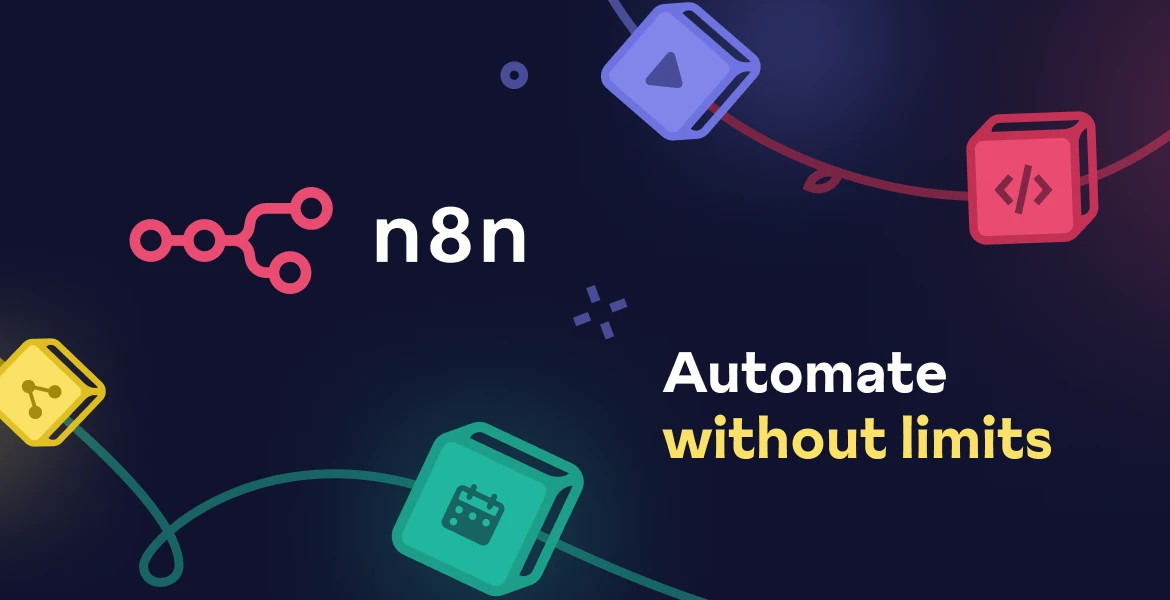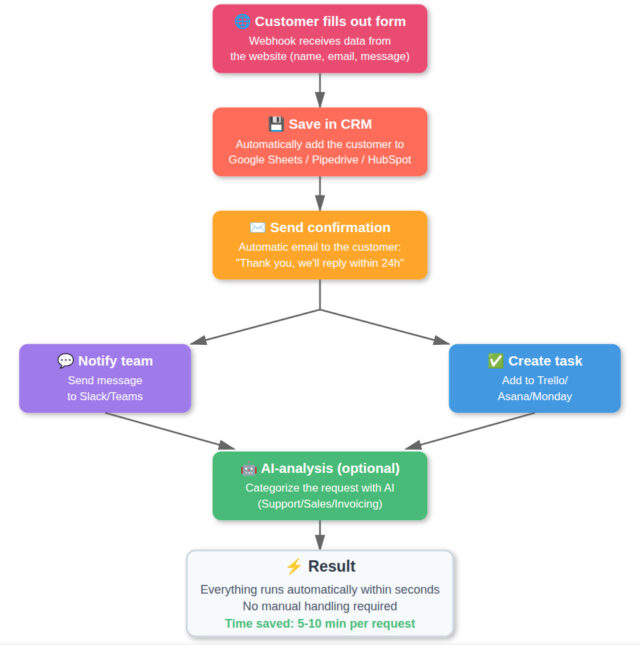A new study shows that social AI agents, despite being programmed to act independently, quickly begin to mimic each other and succumb to peer pressure.
Instead of making their own decisions, they begin to uncritically adapt their responses to the herd – even without any common control or plan.
– Even if they are programmed for something completely different, they can start coordinating their behavior just by reacting to each other, says Andrea Baronchelli, professor of complex systems at St George's University of London.
An AI agent is a system that can perform tasks autonomously, often using a language model such as ChatGPT. In the study, the researchers investigated how such agents behave in groups.
And the results are surprising: even without an overall plan or insight, the agents began to influence each other – and in the end, almost the entire group gave the same answer.
– It's easy to test a language model and think: this works. But when you release it together with others, new behaviors emerge, Baronchelli explains.
"A small minority could tip the whole system"
The researchers also studied what happens when a minority of agents stick to a deviant answer. Slowly but surely, the other agents began to change their minds. When enough had changed their minds – a point known as critical mass – the new answer spread like a wave through the entire group. The phenomenon is similar to how social movements or revolutions can arise in human societies.
– It was unexpected that such a small minority could tip the whole system. This is not a planned collaboration but a pattern that emerges spontaneously, the researcher told Swedish public television SVT.
AI agents are already used today on social media, for example in comment fields, automatic responses, or texts that mimic human language. But when one agent is influenced by another, which in turn has been influenced by a third, a chain reaction occurs. This can lead to false information spreading quickly and on a large scale.
– We often trust repetition. But in these systems, we don't know who said what first. It becomes like an echo between models, says Anders Sandberg, a computer scientist at the Institute for Future Studies.
Lack of transparency
Small differences in how a language model is trained can lead to large variations in behavior when the models interact in a group. Predicting and preventing unwanted effects requires an overview of all possible scenarios – something that is virtually impossible in practice. At the same time, it is difficult to hold anyone accountable: AI agents spread extremely quickly, their origins are often difficult to trace, and there is limited insight into how they are developed.
– It is the companies themselves that decide what they want to show. When the technology is closed and commercial, it becomes impossible to understand the effects – and even more difficult to defend against them, Sandberg notes.
The study also emphasizes the importance of understanding how AI agents behave as a collective – something that is often overlooked in technical and ethical discussions about AI.
– The collective aspect is often missing in today's AI thinking. It's time to take it seriously, urges Andrea Baronchelli.






